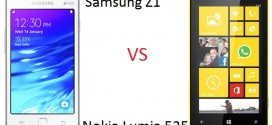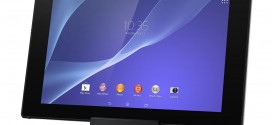A lot of new devices were announced last month, although most people’s attention was undoubtedly drawn to the Samsung Galaxy Note 4 and the iPhone 6. Those two are arguably the most popular smartphones this Fall, but they also come with some pretty high price tags. Seeing as how not everyone can afford such costly devices, we’ve decided to take a look at a couple of cheaper ones this time around. The Moto X (2014) and Lumia 830 are two recently launched flagship smartphones that have a lot to offer and won’t end up costing you an arm and a leg. Granted, they are only considered mid-range, but this is merely a comparison between two devices that offer a great bang for your buck. So which one is better? We’ll be looking at their design, specs, prices and other important aspects in an attempt to answer that very question.
The second generation Moto X, also known as the Moto X (2014) was announced during the IFA Trade Show in Berlin, just like its competitor, the Lumia 830. While there hasn’t been any real innovation when it comes to the design – indeed, the device looks very similar to its predecessor – Motorola did improve on pretty much everything else. The display in particular has seen a substantial upgrade and can be considered on par with the likes of Samsung’s Galaxy S5. Motorola’s Moto X (2014) features a 5.2-inch AMOLED screen with 1080 x 1920 resolution, 424 pixel density and Corning Gorilla Glass 3 protection. Not too shabby for a mid-range smartphone, is it?
The Lumia 830 doesn’t offer a display that’s quite so generous, but it’s nothing to sneeze at either. We’re looking at a 5.0-inch ClearBlack screen with 720 x 1280 resolution, 294 PPI and Corning Gorilla Glass 3 protection. Just like the Moto X (2014), the Lumia 830 is also very similar to its predecessor from a design standpoint so we’re not looking at any real innovation here either. However, the device does feature an aluminum frame and is one of the thinnest smartphones around so the design has been somewhat upgraded even if it may not be obvious at first glance. Similarly, the Moto X (2014) also incorporates metal in its design in the form of an aluminum frame, but overall the device is slightly thicker and bigger than its competitor.
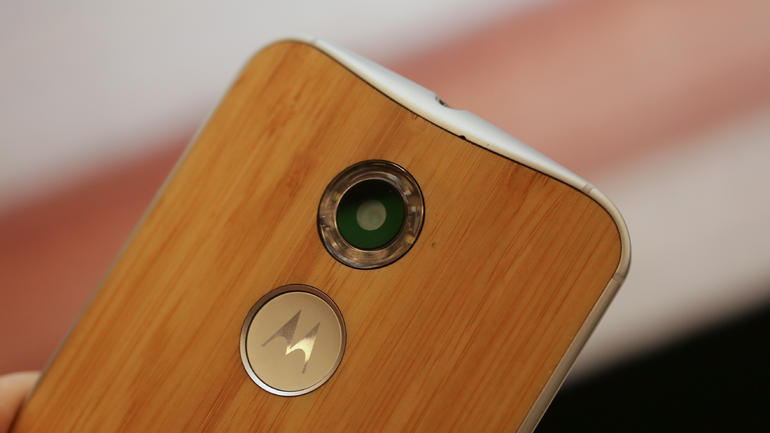
In terms of hardware, each has their own pros and cons so let’s take a closer look and see what each of them has to offer. The Moto X (2014) comes equipped with a Qualcomm Snapdragon 801 quad-core processor clocked at 2.5 GHz complete with Adreno 330 GPU and 2 GB of RAM. Other specs include a 13 MP primary camera with dual-LED flash, 2,300 mAh Li-Ion battery and 16GB/32GB internal storage memory options. The Moto X (2014) does not feature a microSD card slot for additional memory, which means that 32 GB is as far as it can go. Some people are likely to see this as a pretty big disadvantage, especially since nowadays most smartphones can go at least up to 64 GB. The rest of the specs are actually pretty good though so there’s not much we can complain about here.
On the other hand, the Lumia 830 is overall not all that impressive in terms of hardware, but it does have a couple of advantages over the Moto X (2014). The handset only sports a Qualcomm Snapdragon 400 quad-core processor @ 1.2 GHz with Adreno 305 GPU and 1 GB of RAM along with a 2,200 mAh Li-Ion battery. However, the Lumia 830 sports a PureView 10 MP rear-facing camera with Carl Zeiss optics and optical image stabilization. The Moto X (2014) may have a few more pixels on the camera, but the Lumia 830’s snapper incorporates technology that can provide better picture quality. Also, the Lumia 830 only features 16 GB of internal storage memory, but a microSD card is available and you can use it to add 128 GB of additional storage. While the Moto X (2014) comes with better hardware, the Lumia 830 has a better camera and can offer much more storage so it ultimately depends on what’s more important to the user.
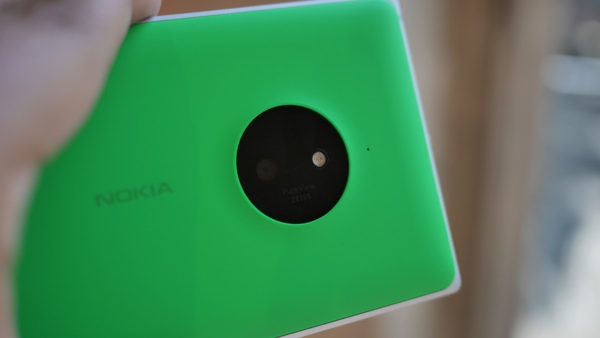
The same can also be said in regards to the operating system, although the Moto X (2014) may have a bit of an edge when it comes to this. The device currently runs on Android 4.4.4 KitKat and is expected to upgrade to Android L shortly after Google releases the final build. A release date has not be announced yet, but rumor has it that the new operating system will launch early next month so we can expect the Moto X (2014) to run on Android L by the end of the year. The Lumia 830 runs on the Windows Phone 8.1 operating system with the latest Lumia Denim update. Microsoft recently announced Windows 10 and the company said that it will run on a variety of devices including smartphones at some point. This means that Windows Phone might be replaced with a mobile version of Windows 10 and there’s a pretty good chance that it will be available for the Lumia 830 once it does.
Last but not least, we have to talk about pricing as this is one of the most important aspects when deciding whether or not you should purchase a new product. The Moto X (2014) costs $500 for the 16 GB model and $550 for the 32GB one, although you might end up paying a bit more if you decide to customize it to your liking with the help of the Moto Maker. The Lumia 830 currently doesn’t have US price as it is only expected to reach the country on November 7th. The device is priced at €330 in Europe, which means that it will likely cost $330 when it launches in the states. However, there is also the possibility that it will cost the equivalent of €330, which is about 417 bucks. The fist option seems more viable, but we’ll only know for sure once an official announcement will be made. Either way, the Lumia 830 will definitely end up being cheaper than the Moto X (2014).
Final thoughts? It’s not an easy decision, but the Moto X (2014) seems like the better choice all things considered. Motorola’s latest flagship offers better performance, an impressive display, will soon upgrade to the latest version of Android and can be customized in a number of ways. The Lumia 830 is not a bad choice either as it comes at a lower price and features a better camera and more storage memory. If the price will be the deciding factor for you, then you should definitely settle for the Lumia 830, however, if you can afford to spend a little bit more, we wholeheartedly recommend that you go with the Moto X (2014).
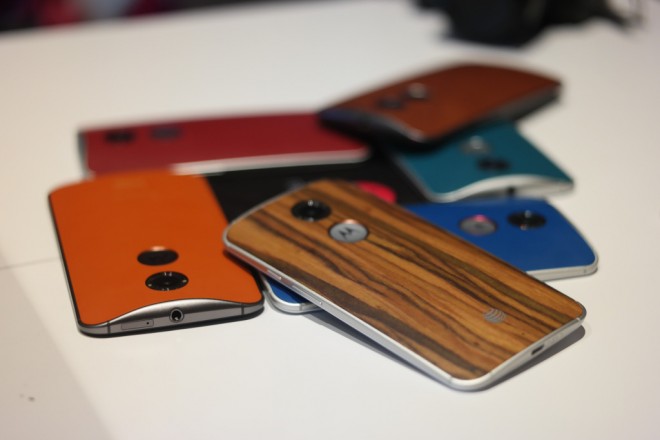
 Load the Game Video Games, Reviews, Game News, Game Reviews & Game Video Trailers
Load the Game Video Games, Reviews, Game News, Game Reviews & Game Video Trailers

